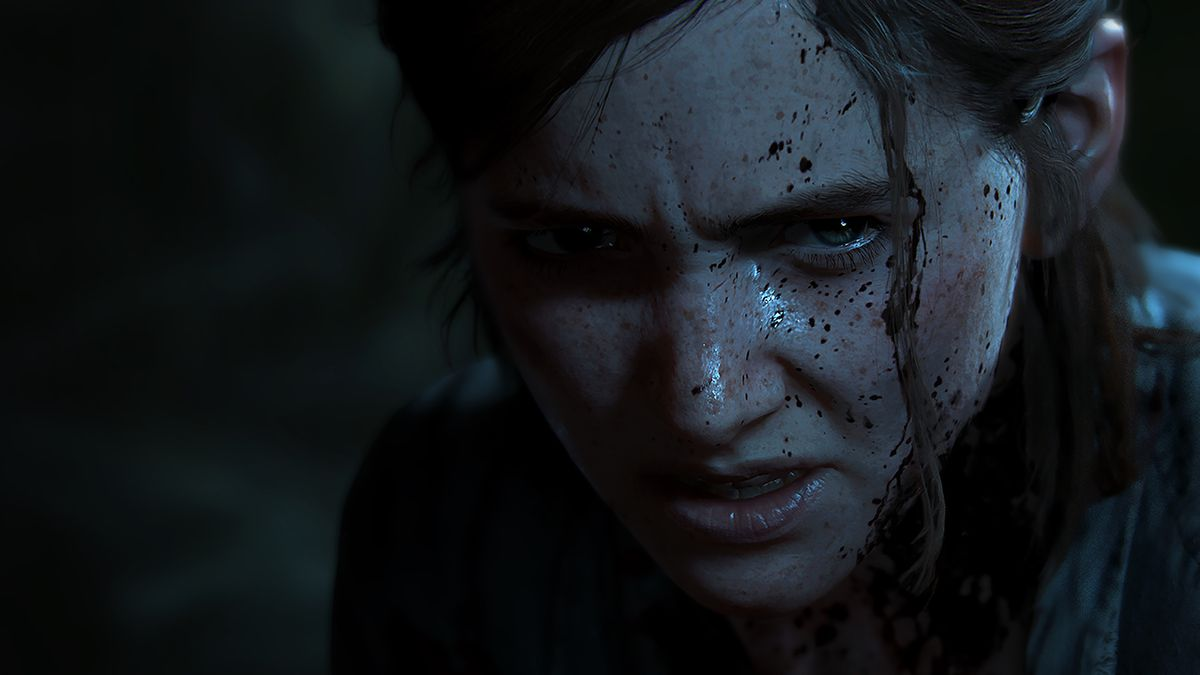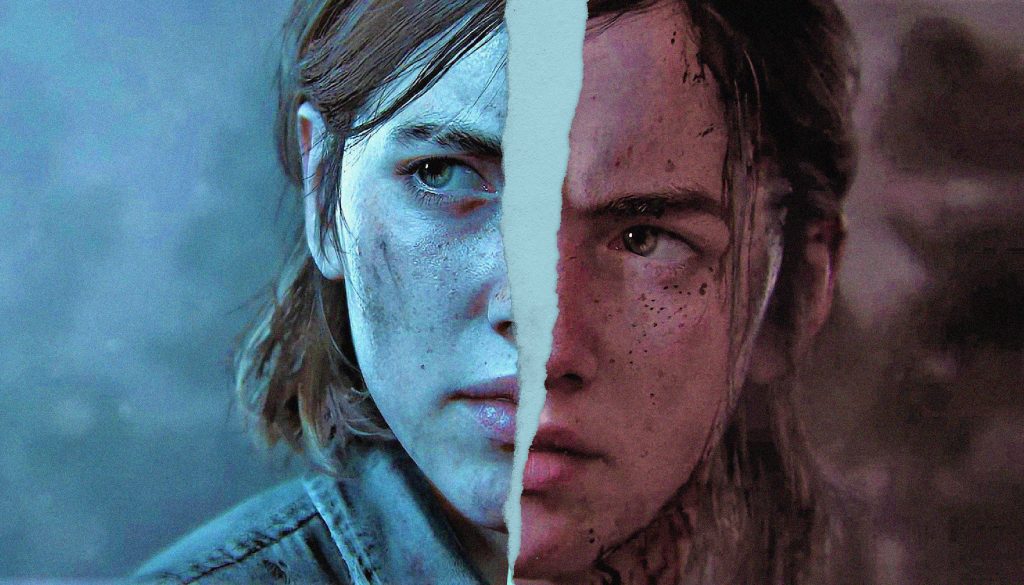The Last Of Us Part II, a PlayStation 4 (PS4) exclusive that debuted on June 19, sold over 4 million copies within its first three days of release — making it the fastest-selling PS4 exclusive ever. However, the highly anticipated game has received divided feedback from critics and gamers alike.
With better graphics and gameplay compared to the previous game, Part II broke sales records in the United Kingdom and Japan in its first week of release. But the success didn’t last long, as in its second week of release, sales dropped 80% in the U.K. and 85% in Japan. I was disappointed with how the game’s story unfolded, but critics disagreed.
As an owner of a PS4, I’ve come across other games released by the same developer: Naughty Dog. From Uncharted to Crash Bandicoot and Jak and Daxter, I’ve come to love these games due to their visual beauty and their prolific storytelling. One of its most popular selling-titles is The Last of Us, and with its rave reviews, I had to check it out. I appreciated the level of detail that was given when developing the characters, specifically Ellie and Joel. However, I feel that with the second game, the directors changed Ellie and Joel completely, and the infected had less of an impact on the overall arc of the story.
On Google, the average audience rating is a 2.8 out of 5, yet many critics claim that Part II was worth the seven-year wait, with one reviewer calling it “a dark masterpiece.” On Metacritic, the game has an average score of 94 out of 100, based on 118 critic reviews, but only a 5.6 out of 10 user score. At least one reviewer that criticized the sequel received messages from Sony questioning their review’s content. From the game’s deceitful marketing to the cast and crew receiving hateful messages, Part II has become one of the most controversial games ever released.
After the seven-year wait, I expected The Last Of Us Part II to be as great of a game as the first one because of how universally loved it was.
The Last of Us, released by developer Naughty Dog for the PlayStation 3 back in 2013, was voted game of the year at the 2014 Game Developers Choice Awards. On Metacritic, the game holds a Metascore of 95 and a user score of 9.2. The game follows Joel Miller, a smuggler whose daughter, Sarah, died right after the game’s apocalyptic event, the Cordyceps fungus outbreak. The Cordyceps is a real-life parasitic fungus that grows on the larvae of insects and, when inside a host, can produce deadly spores.

Throughout the game, Joel is traveling with Ellie, a girl who is immune to the fungus and can potentially be used for a cure. By the end of the story, Joel is forced to make a tough choice: either rob the world of a cure by saving Ellie or let her die for humanity. In a predetermined decision by the developers, Joel decides to save Ellie — killing the head doctor of a militia group known as the Fireflies — and later lying to her about the events.
I enjoyed The Last of Us for both its storytelling and gameplay, and I expected a potential sequel to maintain the high standards of the original. Two months before Part II was released, parts of the plot were leaked by hackers. From news sites to Twitter and YouTube, Sony filed to have any content related to the leaks taken down, which enraged many content creators. During an interview on The Kinda Funny Gamescast, Part II director Neil Druckmann admitted to personally overseeing these removals.
“I saw when it hit YouTube, and we were all panicking, texting each other for them to take it down,” he said.
Many YouTubers claimed that Druckmann overstepped YouTube’s copyright and fair use policies, and animosity grew. To make matters even worse, Druckmann also admitted to falsely advertising the game to lead potential buyers to believe they could play as both Joel and Ellie, saying “we did so much to try to protect the story… including putting fake shots in trailers, swapping skins on characters and recording a different line with Troy,” the voice actor for Joel.
SPOILERS: DON’T READ FURTHER IF YOU HAVEN’T PLAYED THE GAME.
Unlike its predecessor, The Last Of Us Part II contains a story that I believe forced relationships, instead of developing them.
One of the biggest plot contentions in The Last of Us Part II is Joel’s brutal death within the first few hours of the game. Many gamers, including myself, were disappointed with how Naughty Dog’s writers carried out the scene, as we believed Joel wouldn’t have allowed himself to be put in this situation, knowing how cautious he was in the first game. In The Last of Us, Joel and his brother Tommy are driving towards the highway when they see a family wanting their help, but decide not to help them. In the second game, Joel rescues a stranger named Abby Anderson from a group of infected and allows her to take both him and Tommy to a mansion she is staying at. Joel and Tommy give their names to Abby and her friends from the Washington Liberation Front (WLF), then Abby kills Joel out of revenge for an unknown reason. Since Joel didn’t listen to his own advice, he dies, setting the plot for Ellie to take her revenge against Abby. With Joel turning from cautious to inattentive, and Ellie turning from a strategic survivor to ruthless killer, I feel that the writers of the second game paid no attention or care to the setup that existed in the first game.
Later in the game, after playing as Ellie for some time, I was forced into a flashback where they learn that Joel killed Abby’s father while rescuing Ellie in the first game. As Joel was the main character in the first game, I did not like that players had to play as Abby — before, and especially after, his gruesome death. Gamers play as Abby for around half of the game, and at one point, can play fetch with a dog at the Washington Liberation Front (WLF) base. With this, the writers try to make Abby humane and likable, and I believe that it doesn’t work because she murdered Joel, bashing his skull in with a golf club. As Ellie, players are forced to evade, and sometimes kill, dogs who can track her scent — in an attempt to depict her as a bloodthirsty killer.
Another problem that I have with this game is how quickly Abby develops a relationship with Yara and her younger trans brother Lev, two outcasts or “apostates,” who help her escape from their group after being captured. They are both from a primitivist religious cult, known as the Seraphites, who are at war with the WLF for control of Seattle. Yara and Lev were banished after Lev, formerly known as Lily, refused to become a child bride to one of the Seraphite elders. Although The Last Of Us Part II receives praise for its inclusion of LGBTQ characters, some people believe the abuse that Lev receives, including the use of his deadname multiple times throughout the story, is just not the way to properly represent the community. While Abby is in a noose, the Seraphites break Yara’s arm, allowing Abby to escape. Wanting to help Yara, Abby brings her to Mel, one of her friends who is a WLF doctor. Although Joel saved her life, Abby kills him but helps Yara and Lev. Doing so, she betrays the WLF and when confronted by their leader Isaac during a Seraphite village raid, Yara kills him but ultimately dies right after.
Before these events, Ellie continues her search for Abby and kills a pregnant Mel and one of her other friends, Owen. Ellie regretted killing her because she was pregnant and Abby was faced with a similar decision later on with Dina. However, instead of feeling any remorse, Abby says, “good,” and it seems like she wants to kill Dina, but doesn’t because Lev is there to stop her. Although the writers want players to feel empathy for Abby, this does not support their case. Right before this scene, I was forced to hunt Ellie down as Abby, which is disappointing as I would rather play as Ellie in this scenario. After Dina is spared, both her and Ellie decide to go back home and start a farmhouse near Jackson, Wyoming, where they can raise Dina’s new son named JJ.
However, their happy lives are short-lived as Tommy comes back with a possible location for Abby, as Ellie promised him that Joel will receive justice. Ellie goes, even with resistance from Dina, and confronts Abby in a Rattlers camp in Santa Barbara. Ellie nearly drowns her but doesn’t because she gets a flashback of her trying to forgive Joel for robbing the world of a cure. This ending was very disappointing as the whole plot centralizes around finding Abby and getting justice for Joel, only to have Ellie lose two fingers and her ability to play the guitar, which was one of the last remaining connections she had with him. Also, Dina and JJ leave Ellie and the farmhouse behind, while Abby gets to find the remaining Fireflies with Lev, demonstrating how much Ellie lost compared to Abby.

One controversial scene in this game is a sex scene between Abby and Owen that is censored in Japan, but uncensored in the U.S. Sony displayed a double standard since this graphic scene wasn’t censored, but nudity was censored in “Devil May Cry V,” a Japanese video game, and other anime video games such as “Aokana: Four Rhythms Across the Blue,” which was left uncensored on the Nintendo Switch. Also, I feel that this sex scene doesn’t add much to the plot of the story, other than to further display the love triangle that Abby, Owen, and Mel were in.
Although I dislike The Last of Us Part II, critics have raved about it. At IGN, Jonathon Dornbush rated the game a 10/10, describing it as “a masterpiece that evolves the gameplay, cinematic storytelling, and rich world design of the original in nearly every way.” At the Washington Post, Christopher Byrd reviewed it as “one of the best video games ever made.”
Since Abby doesn’t die in this game, many players intentionally died while playing as Abby in order to get justice for Joel. A petition was started in order to remake the story of The Last Of Us Part II, which garnered over 50,000 signatures. With a potential third game in the future, the divisiveness between gamers and developers may continue to grow and dampen Naughty Dog’s future successes.




Comments are closed.